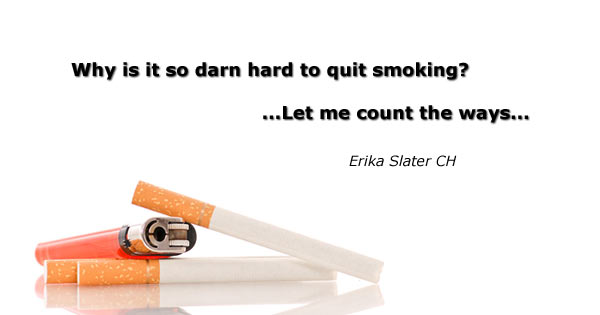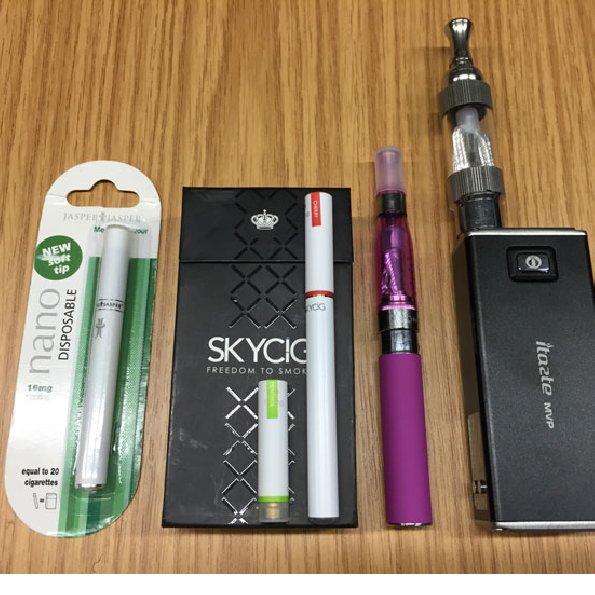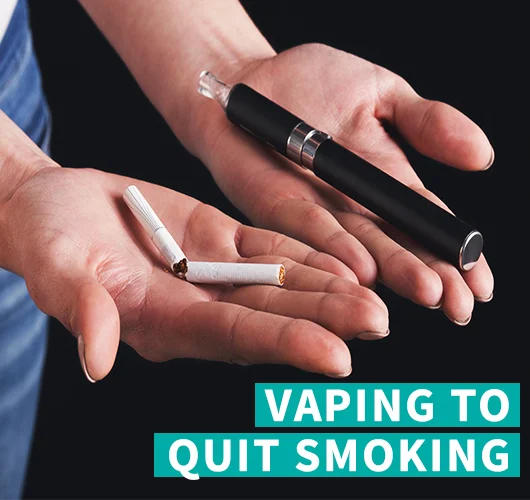10 Refreshing And Rejuvenating Ways To Quit Smoking

Smoking is still a worldwide trend, with 1.1 billion smokers and 200 million more using other tobacco products. The annual consumption of cigarettes is close to 5 trillion, which results in more than 8 million deaths and about US $2 trillion in economic losses. Growing smoking rates among children aged 13 to 15 in many nations, as well as tobacco industry strategies including focusing on underdeveloped nations with lax regulatory settings and introducing fresh products in undeveloped areas, pose a threat to global growth.
More than 50 million 13- to 15-year-olds now smoke cigarettes or use other smokeless tobacco products, and this number has increased in 63 of the 135 countries studied. Currently, nations with the highest rates of youth tobacco use typically score lower on the Human Development Index. Teenage girls are now more likely than adult women to smoke cigarettes in a number of these nations, including Haiti and Mauritania, suggesting that the historically lower tobacco use among females globally may not last for much longer.
It can be overwhelming to stop smoking. Since involves fundamentally altering one’s lifestyle, behaviors, and coping mechanisms in addition to ending a strong physical dependency on a highly addictive substance. To increase the quantity and quality of their lives, smokers must unquestionably quit smoking. This is the single most significant move they can take.
Most tobacco users report having strong impulses to smoke or to consume tobacco. However, you can resist these desires.
Remember that whether or not you smoke a cigarette or chew tobacco, the need to use tobacco will usually pass in 5 to 10 minutes, despite the fact that it may be powerful at the time. You get one step closer to giving up smoking each time you manage to stifle a need.
Your body could tell you that you need a cigarette, but you don’t. These smoking alternatives can assist you in kicking your tobacco habit and overcoming your addiction.
Why Is It So Hard to Quit Smoking?

Smokers physically breathe in the cigarette smoke into their lungs when they smoke. Through the lungs, this nicotine is ingested and immediately circulates throughout the body.
Nicotine, a stimulant chemical, is the main addictive component of cigarettes. One to two milligrams of nicotine are found in each cigarette. It activates the nicotine receptor in the brain, causing dopamine to be released and endorphin levels to rise. A neurotransmitter, dopamine is a component of the reward system in the brain. It is released to signal to us that enjoyable activities, such as eating or having sex, are taking place. The body experiences withdrawal if tobacco use is stopped and nicotine receptors are not triggered. Anger, restlessness, despair, migraines, insomnia, and an increase in hunger are all signs of withdrawal. Once they hit a plateau and start to fade away, these effects will gradually get stronger.
Nicotine replacement therapy and prescription non-nicotine medications are among methods for managing the physical side effects of withdrawal.
Why Are Smokers So Addicted?

Although nicotine is a chemical addiction that makes you seek a specific sensation, smoking is considerably more addictive.
With the idea of going out with a group of friends, lighting up a cigarette, and fitting in to become normal, the society surrounding smoking itself develops an addictive quality.
You may get back into your urges only by smelling cigarettes. Many smokers have intense cravings because of the similarity between how their bodies ingested nicotine.
Even one of our tobacco alternatives finds success in the physical act of holding a cigarette to your lips and taking a drag, which even becomes enjoyable in and of itself.
Why Cigarette Alternatives?

You’re going to experience withdrawal symptoms and cravings to reach for another pack of cigarettes and resume smoking when you try to stop. Any addictive substance withdrawal will experience this.
So, it’s crucial to find alternatives to break free from your addiction while also reducing some of the stress from daily living.
This is accomplished by easing some of the other aspects of addiction. For instance, nicotine patches aim to help you break your physical smoking habit while also relieving your chemical dependence. As you’ll see in the alternatives listed below, there are many other approaches to this same strategy of combating each individual aspect of addiction.
Types of Smoking Alternatives
Smoking alternatives are more than just a different source of tobacco; they are also substitutes for several addiction-related problems.
Decide what you will be giving up before making your choice of the greatest option. To satisfy your cravings, you can mix and match different options.
The most difficult, yet crucial, the decision for many smokers to make is to choose to break free from their chemical dependence. The stresses associated with nicotine withdrawal can be lessened by using an alternative that enables you to maintain the physical and social aspects of your addiction.
Cold Turkey

The approach that is most frequently employed is going cold turkey. Approximately 90% of smokers who want to stop do so without the help of medicine or nicotine replacement treatment. It also has the lowest level of effectiveness. It’s a difficult approach that demands a lot of willpower, but it’s also the fastest method, thus it’s advised for people who must stop smoking immediately due to serious medical conditions.
Vaping

As a kind of smoking, vaping entails inhaling heated oil. You need an oil vaporizer, often known as a vape mods, which draws oil over a number of heated coils and causes it to vaporise.
A wide variety of flavoured vape e-liquids, from traditional tobacco flavours to fruity and savory flavours to create a better taste and smell, are available in vape shop online in Australia to help combat the physical association. There are vape juices available with a range of nicotine contents, from levels higher than those in cigarettes to zero nicotine. In theory, you can do this to gradually wean yourself off of nicotine use.
To achieve the same sensation as smoking cigarettes, a moderate smoker is advised to use about 6% nicotine in vape juices, but they should keep in mind that the more they vape, the more nicotine they will ultimately acquire.
The fact that you can vape without having to finish a cigarette is a benefit. It’s typical for vape smokers to occasionally take just one pull rather than taking a full smoke break.
Vaping should be utilized as a strategy to quit smoking rather than merely as a replacement because it does carry a small but real risk of leading to a physical addiction to another vice. Because vaping is a more recent smoking practice, many have come to the conclusion that the consequences of inhaling vape e-juice are still not fully recognized. In addition, some users wind up with more nicotine than they would with cigarettes because using a vape is so convenient and can be done almost anywhere.
Although extensive research on the impacts of vaping is yet decades away, quitting tobacco and providing yourself with a practical means of lowering your nicotine intake is unquestionably a start in the right direction. A good vape starter kit also makes it simple to simulate the “smoking experience” after you understand how to use it. It’s possible that you’ll develop a complete hobby out of vaping, experimenting with various vape coils, tanks, and batteries to find the ideal combination. It can be incredibly rewarding for some vapers to spend weeks playing with their devices in order to find the ideal, one-of-a-kind vapor.
Read Full Article: 10 Refreshing And Rejuvenating Ways To Quit Smoking

Comments
Post a Comment